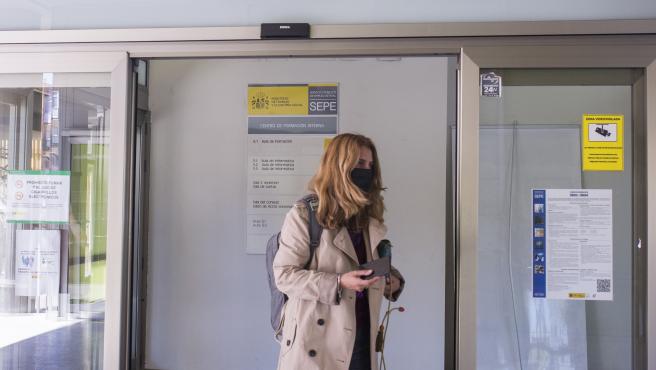Caixabank-Bankia, Banco Santander, El Corte Inglés, Airbus, BBVA, Coca Cola, Douglas … large Spanish companies are carrying out this year the Employment Regulation File (ERE) to reduce their workforce, which affects thousands of workers.
Some of them will be able to take advantage of pre-retirement processes, but many of them will have no choice but to look for a new job.
Obligation when EREs affect more than 50 staff members
As established by the legislation, in this type of process, whenever it affects 50 or more people of the workforce, the company is obliged to contract a repositioning program.
From Adecco they explain that the outplacement programs are accompaniment processes for all those professionals who, due to various circumstances, are forced to leave the companies.
“The main objective of these career transition programs is none other than to guide said professional in his new stage, define his objective, promote the improvement of his employability and generate new professional opportunities that fit his expectations in the shortest possible time” , they emphasize from the company.
Are outplacement programs really effective?
LHH, the Adecco Group consultancy specialized in accompanying organizations in their transformation processes, has been analyzing their outplacement programs for 15 years. And they finish the outplacement programs by studying the nearly 5,000 candidates they served during 2020.
According to Marcos Huergo, director of LHH Spain: “After one year of the pandemic it has been shown that, in the process of searching for a new job, outplacement programs are more necessary and effective than ever. The data reflects that in 2020 78% of our candidates found a new job in less than a year and 88% of them did so through long-term contracts ”.
One year after the pandemic, outplacement programs have proven to be more necessary and effective than ever
Employment battered by coronavirus
From Adecco they emphasize that “one year after the pandemic began, employment is still battered, the impact of the third and fourth wave of coronavirus infections has been harsh, and Spain is close to four million unemployed. In addition, there are almost 750,000 workers who are still at ERTE ”.
6.3 versus 12.2 months: the difference between attending the programs or not
For all this, they emphasize the importance of outplacement programs, since while the professionals relocated in this way take an average of 6.3 months to find a job again, the rest of the unemployed Spaniards (who are not covered by these programs ) spend on average twice as long, specifically 12.2 months.
Broken down by periods, we see that 24% of relocated people have taken less than three months to occupy a new job, down 14 percentage points compared to the last year (38%). Subsequently, most of the relocated (30%) relocate between the fourth and the end of the sixth month.
That is, 54% of 2020 candidates have been repositioned in the first 6 months from the start of the plan. This percentage has dropped significantly when compared to 2019, which was 86% (-32 pp), largely due to the extreme situation that occurred last year as a result of the health crisis and which caused more destruction than job creation in our country.
Finally, another 24% have obtained a job in a period that goes from the 7th to the 11th month of the program (+10 pp compared to 14% in 2019). This implies that 78% of the candidates immersed in a relocation process in 2020 have found a job in a period of less than a year, Adecco emphasizes.
Banks, the majority sector of origin of the candidates
According to the XV LHH Report on Outplacement, the sector from which the most candidates in these outplacement programs come is banking, since 24% of the participants in these processes came last year from that sector, affected by numerous staff adjustments.
In second place, but far behind, is the automotive and transport sector, with 15%. This is followed by the pharma-chemical and biotechnology sector, whose candidates account for 10% of the participants.
Below 10%, there are workers from the sectors of industrial manufacturing and services, IT and telecommunications, retail and the public sector. Less protagonism in these programs are workers who come from sectors such as energy and construction, which are around 5%.
Below that 5% are consumer services, the manufacture of consumer products, and the real estate sector. Each of these areas brings together between 4% and 3% of the participants.



 Bitcoin
Bitcoin  Ethereum
Ethereum  Tether
Tether  XRP
XRP  Solana
Solana  USDC
USDC  TRON
TRON  Cardano
Cardano  Lido Staked Ether
Lido Staked Ether  Avalanche
Avalanche  Toncoin
Toncoin